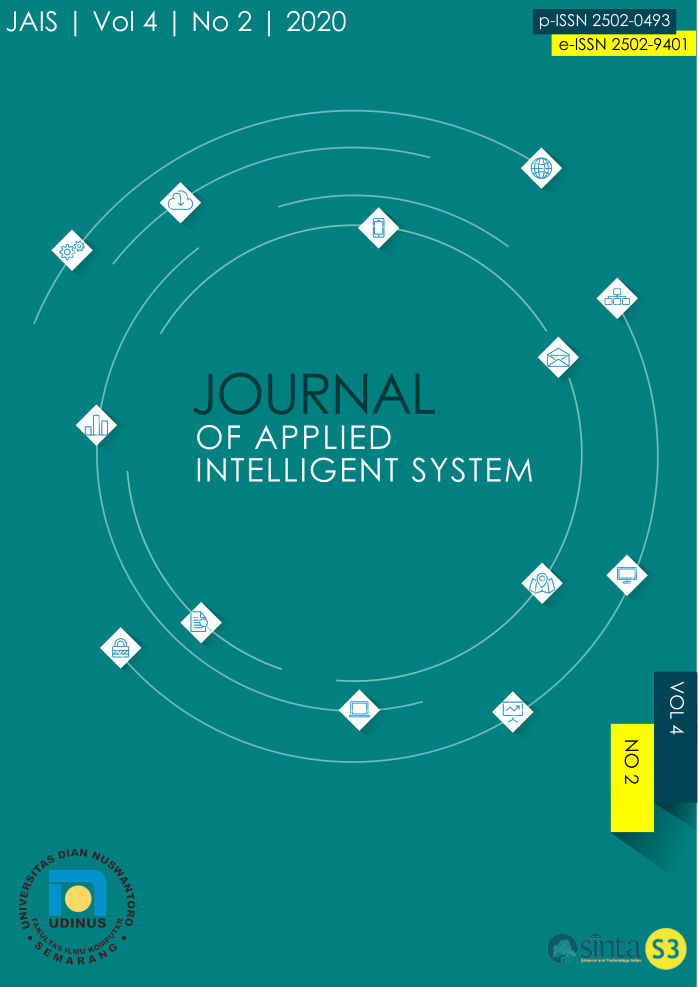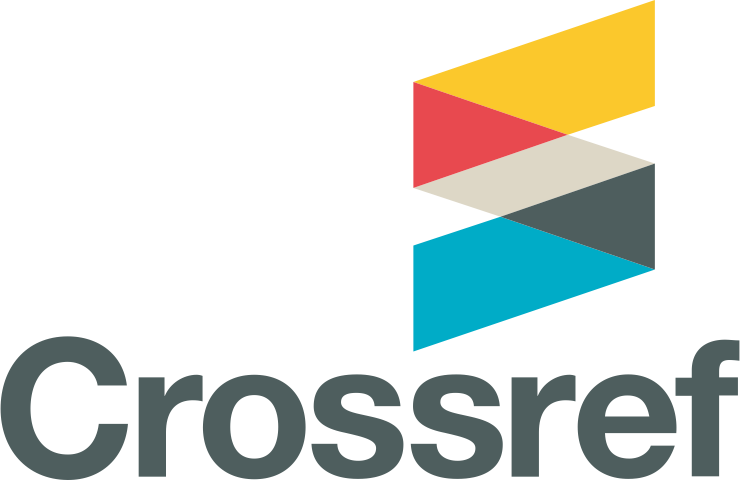IMPLEMENTATION OF DIVIDE AND CONQUER IN THE HANOI TOWER GAME
DOI:
https://doi.org/10.33633/jais.v5i2.4291Abstract
Artificial Intelligence (AI) is a technology in the field of computer science that simulates human intelligence into computers to solve various problems and jobs as well as humans do. Games / games are an implementation of the field of computer science which also embraces the concept of AI. In the midst of the rampant types of games available, the author chose the Hanoi Tower which is a mathematical game / puzzle that requires logic. Players are challenged to complete in a short time with a certain number of discs. The benefit of this game is that it can train how to think with certain patterns so as to improve the memory of players. To make it easier to solve it, the Divide and Conquer Algorithm can be used which can solve problems in the Tower of Hanoi game by breaking them down into sub-problems which will later be able to help speed up finding solutions. From the results of testing the application of the Divide and Conquer Algorithm in the hanoi tower game application by solving the disk arrangement problem. Players can finish the game in a large number of plates in a short time. Keywords – Artificial Intelligence, Divide and Conquer Algorithm, Games, Tower of Hanoi.References
Dedi, N, Sri, W. Development of Learning Media for Tracking Systems in Artificial Intelligence Subjects Based on Mutimedia. Journal of Informatics Engineering. 2014; Vol. 2 No. 1; p. 738-748.
Wolfgang, E. Introduction to Artificial Intelligence. London : Springer. 2011 : 316 pages
Muclisin, R. Artificial Intelligence. Yogyakarta: Graha Ilmu. 2019.
Suyanto. Artificial Intelligence: Searching, Reasoning, Planning and Learning. Bandung : Informatika. 2014.
Widodo, B. AI For Beginner. Yogyakarta : Andi Offset. 2014.
Wahyu, P. Pandora's Box Mystery Adventure Game. Journal of Telematics. 2014; Vol. 7 No. 2; p. 13-31.
Choirunnisa, F. Recursive Solutions to the Tower of Hanoi Problem. Bandung : ITB. 2014.
Demmy, D., B. Tower of Hanoi Educational Game as an Alternative to Learning Mathematical Logic in Vocational High Schools. JTEP-Journal of Educational and Learning Technology. 2017; Vol. 2 No.1 ; p. 255-265.
Gun, G.,M. Basic Learning Algorithms and Programming Using Web-Based El-Gorithms. Journal of Mechanical Engineering (JTM). 2017; Vol. 6; p. 69-73.
Dais, S., et al. Implementation of the Divide And Conquer Algorithm in the Tajweed Science Learning Application. JOIN. 2016; Vol. 1 No. 1; p. 13-19.
David, S. et al. Application of the Divide and Conquer Algorithm in Designing a Fingerprint-Based Identity System. T E S L A. 2017; Vol. 19 No. 1; p. 45-57.
Supiyandi. Problema Tower Of Hanoi Settlement Using Algorithm A *. TIMES journal. 2016; Vol. V No 1; p. 1-5.
Weiskhy, S., D. Tower Hanoi Logic Game Against The Development of Children's Thought Using Visual Basic.Net Programming Language. Journal of Evolution. 2017; Vol. 5 no. 1; p. 48-56
Suharsimi, A. Research Procedure A Practice Approach Revised Edition. Jakarta : Rineka Cipta. 2010.
Sugiyono. Quantitative Research Methods, Qualitative and R & D. Bandung : Alfabeta. 2013.
Aan, K., Djam’an, S. Qualitative Research Methods. Bandung : Alfabeta. 2011.
Downloads
Published
Issue
Section
License
- Authors retain copyright and grant the journal right of first publication with the work simultaneously licensed under a Creative Commons Attribution License that allows others to share the work with an acknowledgment of the work's authorship and initial publication in this journal.
- Authors are able to enter into separate, additional contractual arrangements for the non-exclusive distribution of the journal's published version of the work (e.g., post it to an institutional repository or publish it in a book), with an acknowledgment of its initial publication in this journal.
- Authors are permitted and encouraged to post their work online (e.g., in institutional repositories or on their website) prior to and during the submission process, as it can lead to productive exchanges, as well as earlier and greater citation of published work (See The Effect of Open Access).









